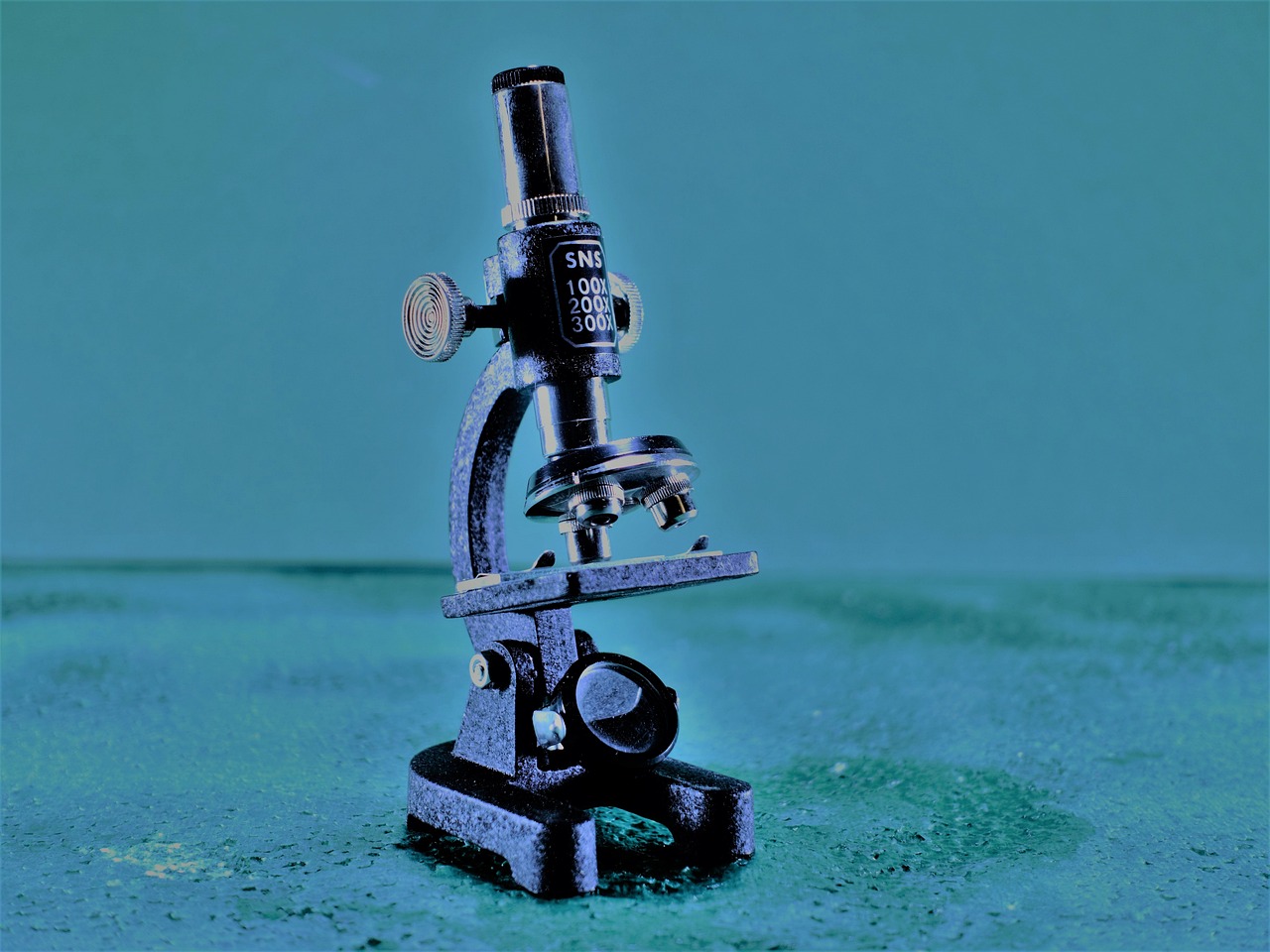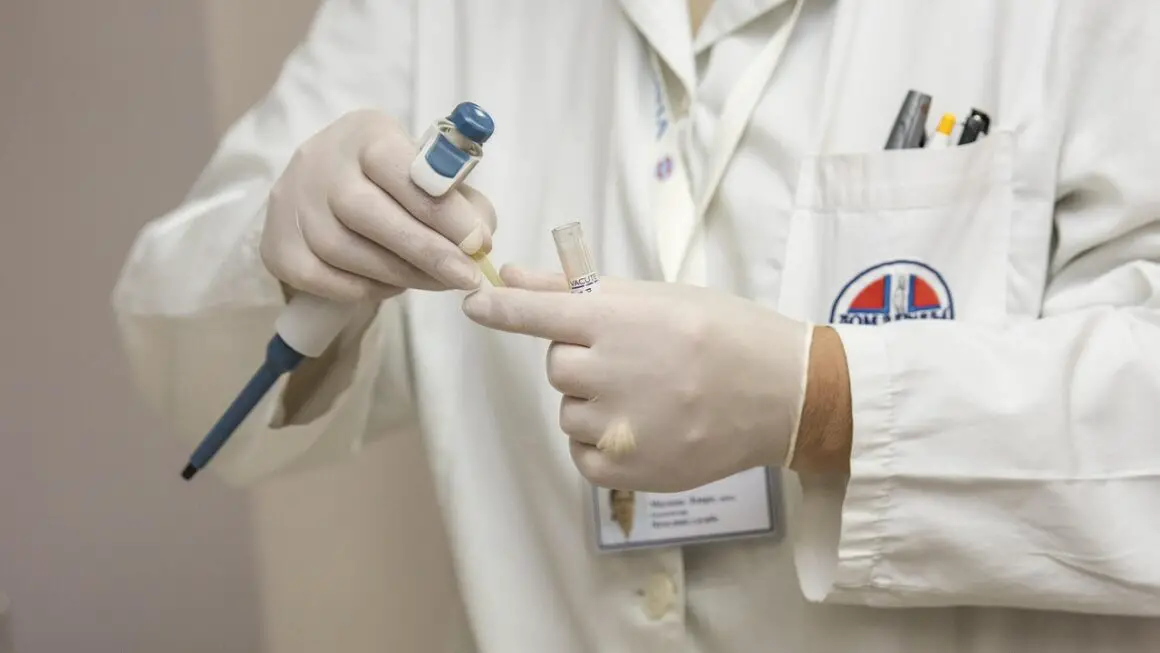Navigating the complexities of heart health can feel overwhelming, but understanding the role of a cardiologist is a vital first step towards proactive care. Cardiologists are specialized physicians dedicated to the diagnosis, treatment, and prevention of diseases affecting the heart and blood vessels. They are your allies in maintaining a healthy cardiovascular system and addressing any concerns that may arise. This comprehensive guide will delve into the world of cardiology, explaining what cardiologists do, when you should see one, and how they can help you lead a healthier life.
What is a Cardiologist?
Understanding the Specialty
A cardiologist is a doctor who specializes in the study and treatment of the heart and its associated blood vessels. They undergo extensive training beyond general medical school, including a residency in internal medicine followed by a fellowship in cardiology. This specialized training equips them with the knowledge and skills to diagnose, manage, and treat a wide range of heart conditions.
- Cardiologists focus on the cardiovascular system, which includes the heart, arteries, and veins.
- They can diagnose and treat conditions ranging from high blood pressure to heart failure.
- Their training includes extensive experience in performing and interpreting various cardiac tests.
Distinguishing Cardiologists from Cardiac Surgeons
It’s crucial to differentiate between a cardiologist and a cardiac surgeon. While both are heart specialists, their roles are quite distinct. Cardiologists primarily focus on the medical management of heart conditions, often using medications, lifestyle modifications, and minimally invasive procedures. Cardiac surgeons, on the other hand, perform open-heart surgery and other complex surgical procedures to repair or replace damaged heart structures. Think of it this way: cardiologists are like the “internists” of the heart, while cardiac surgeons are the “surgeons” of the heart.
- Cardiologists emphasize non-surgical treatments and preventative care.
- Cardiac surgeons perform operations such as bypass surgery and valve replacements.
- Often, cardiologists and cardiac surgeons work together to provide comprehensive patient care.
When Should You See a Cardiologist?
Recognizing Warning Signs
Knowing when to consult a cardiologist is essential for early detection and timely treatment of heart problems. Certain symptoms warrant prompt evaluation by a heart specialist. Don’t hesitate to seek medical attention if you experience any of the following:
- Chest Pain or Discomfort: Especially if it’s accompanied by shortness of breath, sweating, nausea, or pain radiating to the arm, jaw, or back. This could indicate angina or even a heart attack.
- Shortness of Breath: Especially with exertion or at rest. This can be a sign of heart failure or other heart conditions.
- Palpitations: A feeling of skipped heartbeats, fluttering, or a racing heart. While occasional palpitations are usually harmless, frequent or prolonged episodes require evaluation.
- Dizziness or Lightheadedness: Especially if accompanied by chest pain or shortness of breath. This could indicate a problem with blood flow to the brain due to a heart condition.
- Swelling in Ankles, Feet, or Legs: This can be a sign of heart failure or other conditions that cause fluid retention.
- Unexplained Fatigue: Persistent and unusual fatigue, especially with exertion, can be a sign of underlying heart problems.
Risk Factors and Preventative Care
Even without experiencing symptoms, certain risk factors can increase your likelihood of developing heart disease. Consulting a cardiologist for preventative care can help manage these risks and potentially prevent future heart problems. Key risk factors include:
- High Blood Pressure: Prolonged high blood pressure can damage the heart and blood vessels. Regular monitoring and management are crucial.
- High Cholesterol: High levels of LDL (“bad”) cholesterol can lead to plaque buildup in the arteries.
- Diabetes: Diabetes increases the risk of heart disease and stroke.
- Smoking: Smoking significantly damages the cardiovascular system.
- Family History of Heart Disease: A strong family history of heart disease increases your risk.
- Obesity: Being overweight or obese puts extra strain on the heart.
- Sedentary Lifestyle: Lack of physical activity increases the risk of heart disease.
- Age: The risk of heart disease increases with age.
A cardiologist can assess your individual risk factors and recommend appropriate lifestyle changes, medications, or further testing to help prevent heart disease.
What to Expect During a Cardiology Appointment
Initial Consultation and Physical Exam
Your first visit to a cardiologist will typically involve a thorough review of your medical history, including any existing health conditions, medications, family history of heart disease, and lifestyle factors. The cardiologist will then perform a physical exam, which may include:
- Checking Your Blood Pressure and Heart Rate: To assess the basic function of your cardiovascular system.
- Listening to Your Heart and Lungs: To detect any abnormal sounds, such as murmurs or wheezing.
- Examining Your Legs and Ankles: To check for swelling, which could indicate fluid retention.
- Palpating Your Pulse: To assess the strength and regularity of your heartbeat.
Diagnostic Tests and Procedures
Depending on your symptoms and risk factors, the cardiologist may recommend one or more diagnostic tests to evaluate your heart’s health. Common tests include:
- Electrocardiogram (ECG or EKG): Records the electrical activity of your heart. It can detect arrhythmias, heart attacks, and other heart conditions.
- Echocardiogram: Uses ultrasound waves to create images of your heart. It can assess the heart’s structure, function, and valve health.
- Stress Test: Monitors your heart’s activity while you exercise on a treadmill or stationary bike. It can detect blockages in the arteries.
- Holter Monitor: A portable ECG that records your heart’s activity continuously for 24-48 hours. It can detect intermittent arrhythmias.
- Cardiac Catheterization: A minimally invasive procedure in which a thin tube (catheter) is inserted into an artery and guided to the heart. It can be used to visualize the coronary arteries and measure pressures within the heart.
- CT Angiogram: A specialized CT scan that uses contrast dye to visualize the coronary arteries. It can detect blockages or narrowing of the arteries.
The cardiologist will explain the purpose of each test, how it is performed, and what the results mean.
Common Heart Conditions Treated by Cardiologists
Coronary Artery Disease (CAD)
CAD is the most common type of heart disease and occurs when plaque builds up inside the coronary arteries, narrowing them and reducing blood flow to the heart. Cardiologists manage CAD with:
- Lifestyle Modifications: Diet, exercise, and smoking cessation.
- Medications: To lower cholesterol, blood pressure, and prevent blood clots.
- Angioplasty and Stenting: A procedure to open blocked arteries using a balloon and a small mesh tube called a stent.
- Bypass Surgery: A surgical procedure to create new pathways for blood to flow around blocked arteries.
Heart Failure
Heart failure occurs when the heart is unable to pump enough blood to meet the body’s needs. Cardiologists manage heart failure with:
- Medications: To improve heart function, reduce fluid retention, and lower blood pressure.
- Lifestyle Modifications: Diet, exercise, and fluid restriction.
- Implantable Devices: Such as pacemakers and defibrillators, to help regulate heart rhythm.
- Heart Transplant: In severe cases, a heart transplant may be necessary.
Arrhythmias
Arrhythmias are irregular heartbeats that can be too fast, too slow, or erratic. Cardiologists manage arrhythmias with:
- Medications: To control heart rhythm.
- Lifestyle Modifications: Avoiding caffeine and alcohol.
- Cardioversion: A procedure to restore normal heart rhythm using electrical shock.
- Ablation: A procedure to destroy abnormal heart tissue that is causing the arrhythmia.
- Pacemakers: To regulate a slow heart rate.
- Implantable Cardioverter-Defibrillators (ICDs): To prevent sudden cardiac arrest.
Valve Disease
Valve disease occurs when one or more of the heart valves are damaged or diseased, interfering with blood flow through the heart. Cardiologists manage valve disease with:
- Medications: To manage symptoms.
- Valve Repair or Replacement: Surgical procedures to repair or replace damaged heart valves.
Conclusion
Taking care of your heart is an investment in your overall health and well-being. Understanding the role of a cardiologist and knowing when to seek their expertise is crucial for maintaining a healthy cardiovascular system. Whether you have existing heart conditions, risk factors, or simply want to prioritize preventative care, a cardiologist can provide the knowledge, guidance, and treatment you need to lead a longer, healthier life. Remember to consult with your primary care physician for referrals and personalized recommendations. Early detection and proactive management are key to preventing and controlling heart disease.




